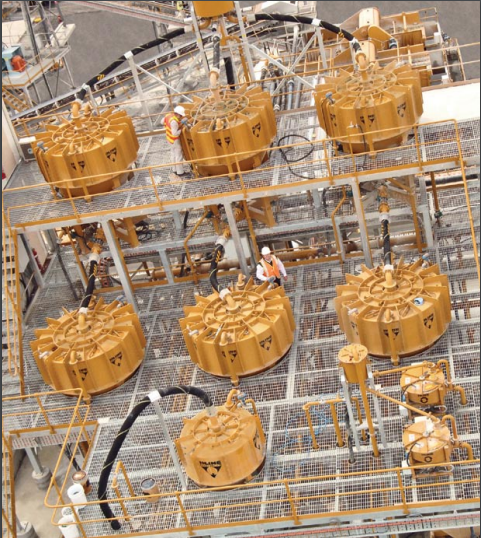Gekko InLine pressure jig tested for recovery of liberated tantalite


In a recent study, Gekko Systems was asked to use its InLine pressure jig (IPJ) technology in an 8-t/h pilot plant to recover liberated tantalite from a lithium-bearing spodumene concentrate product. The overall focus was on tantalite recovery. Entrained tantalite in the final spodumene product containing on average 450 ppm tantalum pentoxide (Ta2O5) in the +1.0 mm size fraction was lost to tailings after the main dense media separation (DMS) step.
The objective of this pilot plant trial initially was to determine the amenability of both liberated and un-liberated tantalite for gravity separation with the view to create an additional revenue stream for an Australian miner.
Gekko successfully employed the IPJ in an 8.0-t/h pilot plant. The results showed the potential to create an additional revenue stream for the mine through tantalite recovery. A full design was completed to integrate Gekko’s IPJ plant with the existing DMS plant for a final high-grade tantalite product, but Bald Hill entered care and maintenance before it could be implemented.
The Gekko IPJ was developed in the early 1990s for gold recovery, and it was the product on which the company was founded. Since commercialization in 1996, the IPJ has been used for a range of minerals, including gold, sulphides, silver, and other heavy minerals.
The unit is fully encapsulated and pressurized and combines a circular bed with a moveable sieve action. The encapsulation allows the unit to be completely filled with slurry and water. As a result, slurry velocity is slowed, and water surface tension eliminated resulting in higher recoveries.
The screen is pulsed by a hydraulic driven shaft to achieve a saw-tooth motion, the optimum wave form for mineral separation. Separation of values from gangue particles occurs based on relative density as well as particle size and shape within the bed and are continuously discharged. The lighter mineral is discharged over the overflow to the outer cone. Both concentrates and tailings are discharged under pressure.
To learn more, www.Gekkos.com.
Comments